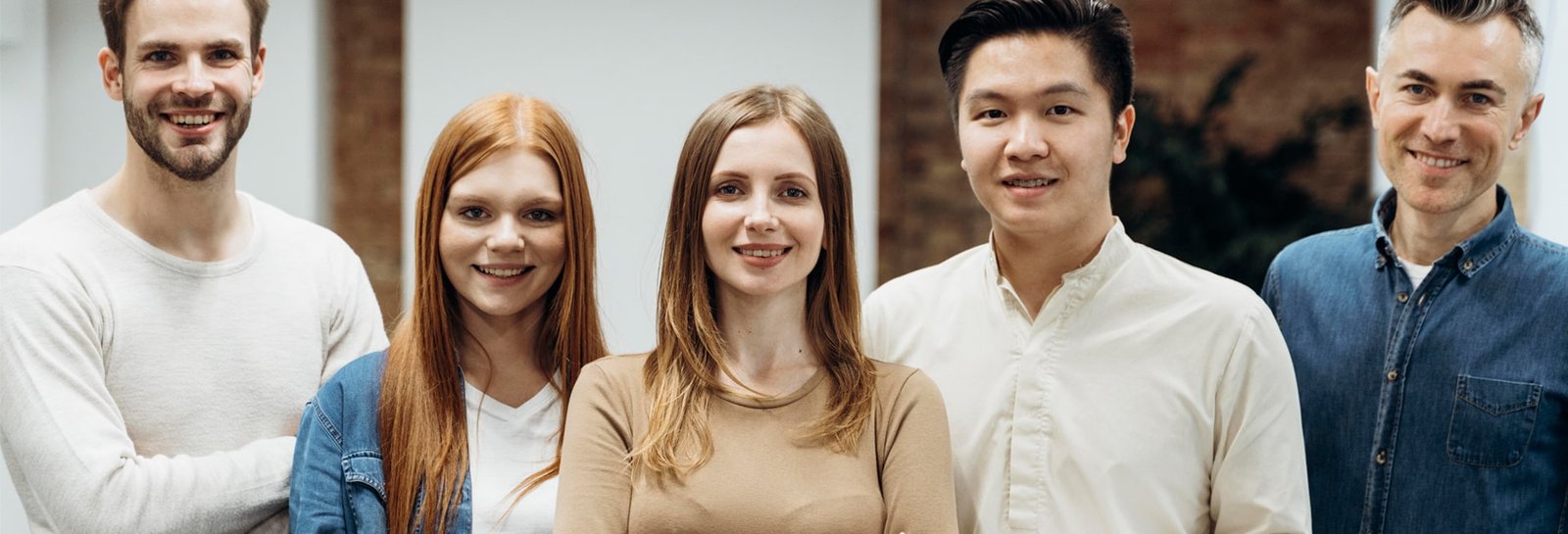
Top 10 Web Design Trends for 2025
Here’s a look at the top 10 web design trends shaping 2025, which balance aesthetics, functionality, and evolving user expectations:
1. AI-Enhanced User Experiences
AI is playing a big role in personalized user journeys, suggesting content, products, and layouts based on individual user behavior. Chatbots and AI-powered interfaces can now deliver real-time support and guide users seamlessly.
2. Minimalistic and Brutalist Designs
Minimalism remains popular, with designs stripping back to essentials for clarity and user focus. Brutalist designs, marked by bold, raw aesthetics and a “back-to-basics” approach, are also gaining traction, appealing to those looking for unique, statement-making layouts.
3. Dark Mode and Dual Themes
Dark mode is now a default option for many sites, offering users greater control over their browsing experience. Designers are also implementing dual themes, allowing users to toggle between light and dark to enhance accessibility and visual comfort.
4. Micro-Interactions for Engagement
Small, subtle animations like button hovers, loading indicators, and scroll-triggered effects make websites feel more interactive and responsive. These micro-interactions can guide user behavior, make navigation more intuitive, and add personality.
5. Immersive 3D Elements and Parallax Scrolling
3D visuals, combined with smooth parallax scrolling, create an immersive experience that captivates visitors. This trend is especially impactful for e-commerce and portfolio sites, giving users a dynamic way to explore content.
6. Custom Illustrations and Hand-Drawn Elements
Sites are turning to custom illustrations and hand-drawn elements for a personal, authentic feel. This trend adds a creative touch to websites, allowing brands to stand out with visuals that are truly unique to their identity.
7. Enhanced Accessibility Features
With a heightened focus on inclusivity, designers are integrating features like screen-reader compatibility, keyboard navigation, and high-contrast options. Accessibility-first designs not only expand user reach but improve SEO and brand perception.
8. Voice User Interface (VUI) Integration
As voice search becomes more common, some websites are incorporating VUIs, letting users navigate and interact with sites through voice commands. This trend is especially relevant for e-commerce, where quick, hands-free navigation can improve UX.
9. Video Backgrounds and Dynamic Content
High-quality video backgrounds are becoming more popular, bringing sites to life without overloading with information. Dynamic, personalized content also keeps users engaged, changing based on user interactions and preferences.
10. Augmented Reality (AR) Elements
AR is enhancing user experiences, particularly for e-commerce sites. Users can now visualize products in their space, “try on” items, or explore virtual showrooms. As AR tools become more accessible, more brands are incorporating this interactive technology.
Each trend reflects an evolution toward more interactive, user-centered, and visually engaging websites, helping brands connect with users in deeper, more meaningful ways in 2025.
Related Posts
The Impact of Good Design on Conversion Rates: How UI/UX Drive Sales
How well this mistaken ideas off denouncing pleasure & praisings will give you complete.







